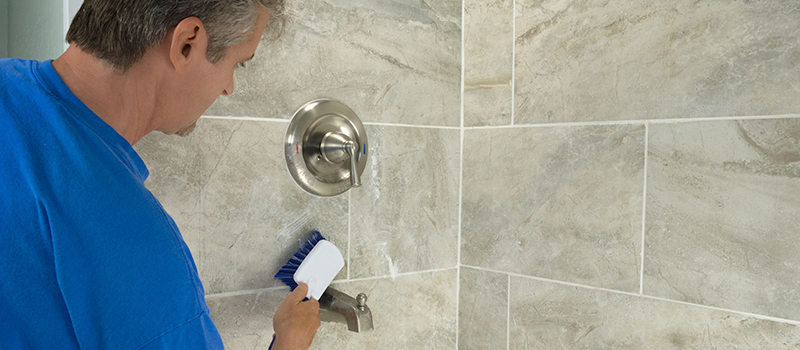
The important factor to removing stains from your stone surfaces is cleaning up any spills and treating any resulting stains without delay. Trying to find out the stain’s cause on your stone surfaces is the first step in removing them. But the question is, how do you remove a stain from your natural stone surfaces, even when you know the causing agent? If you like doing things yourself, you’ll probably want to remove the stain yourself before you even think of calling a professional like Texas Floor Restoration. We understand this, and in fact, we even provide valuable information to help you on your stain removal journey. But before you get started, there are a few things you should take into consideration.
A Stain is a Discoloration, but stains are not always discolorations.
A real stain is always darker than the surrounding stone. A lightly colored stain is referred to as surface damage. There is not a single exception to this rule! Lighter-colored discolorations are either mark of etching corrosion caused by an acid or a caustic bleaching mark made by a strong base. All of the do-it-yourself stain removing tips and tricks out there will not bring an effective solution if the discoloration is actually surface damage because these types of discoloration have nothing to do with the absorbency of any stain causing substances. Before you put in your precious time and energy, you must determine if it is a stain or a lighter discoloration (in which you will need professional help from an experienced floor restoration company like Texas floor restoration).
Treatable Stains
All-natural stones are absorbing in nature, and because of this intrinsic permeability, many stones will readily absorb liquids. With natural stone, most stains that occur are as a result of spills that have penetrated deep into the pores. If such liquids are staining agents, a real stain will occur. Removing these stains can be done by using a poultice to break down and draw out the staining agent.
Surface Damage Discolorations
A stain is a discoloration of the stone produced by a staining agent that was actually absorbed by the stone. Other discolorations have nothing to do with the stone’s absorbency, but rather are a result of damage to the stone surface itself. All of those discolorations that look like water spots or rings are actually characteristics of a drawing erosion created by some chemically active liquid (mostly acids) that came into contact with the stone. Let us look at it this way: if bleach is spilled on your favorite jeans or rug, discoloration will occur, but you can’t term it as a stain. Bleach is a chemically active liquid that removes the dye that originally made the color of the fabric. Likewise, with natural stone, some discolorations may have been caused as a result of chemical damage. All calcite-based stones such as marble, limestone, onyx, travertine, etc., are sensitive to acids and, therefore, etch readily, often within a few seconds. Many slates will also etch, and so will a few granites. With chemical damage, the surface of the stone is actually physically altered! When this occurs, professional rehoning and polishing will be required to remove the damaged layer. Texas floor restoration is the expert with regards to restoring your natural stone surfaces.
Other Types of Discolorations
Other types of surface discolorations can be caused by everything from excess sealer left on the surface that causes hazy or dull areas to dyed stone that may have light spots where the dyes have been removed to topical treatments that are creating problems. Get in touch with Texas Floor Restoration if you need help. We would be glad to diagnose the discoloration of your natural stone and recommend the appropriate measures to remove it as well as professional clean up.
